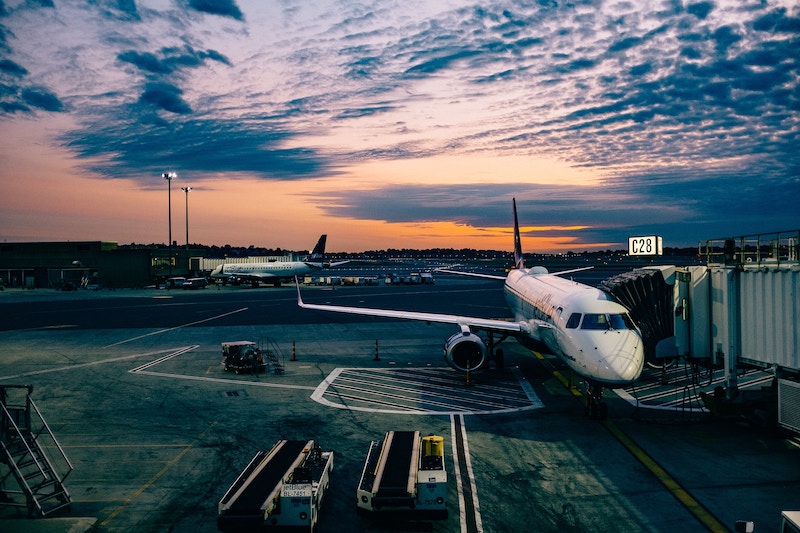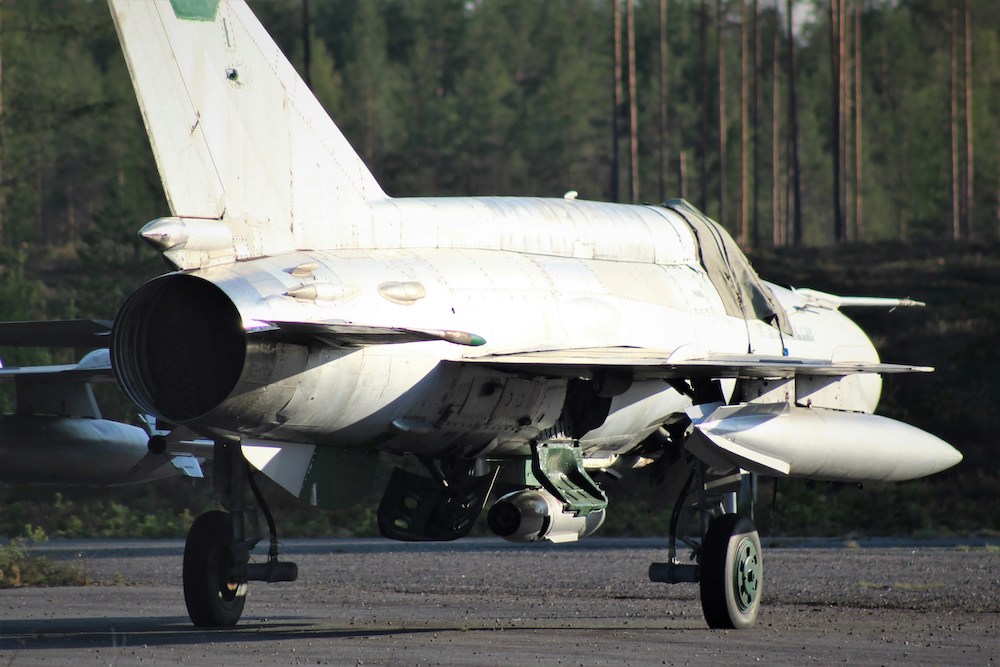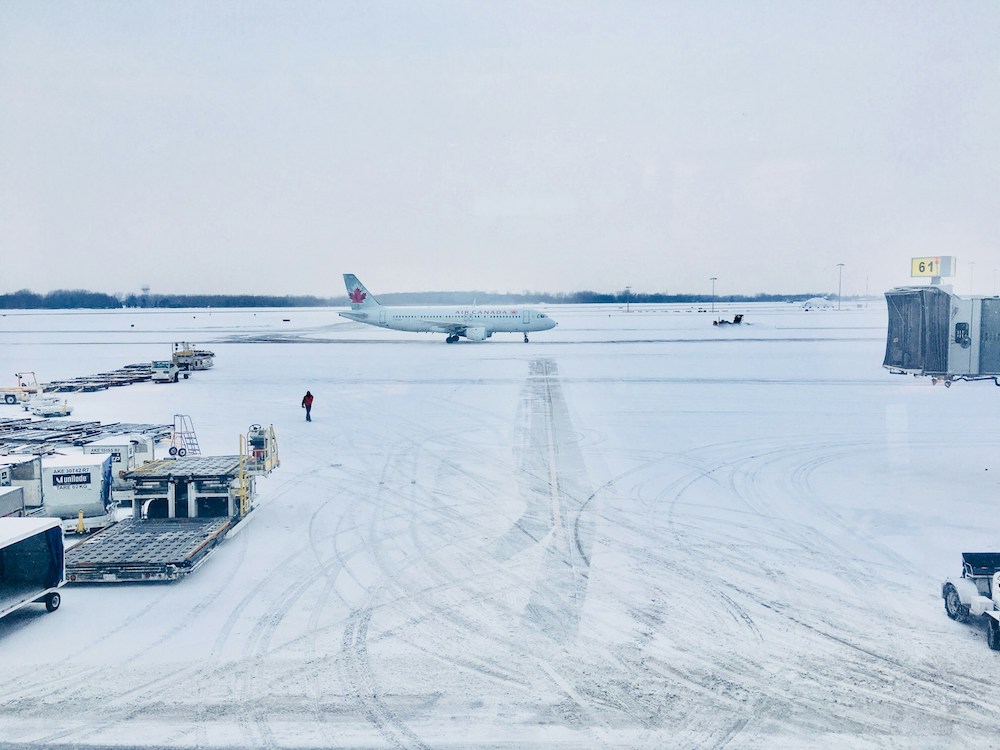
Every aspect of an aircraft, from its design to its operation, undergoes thorough scrutiny to ensure the highest standards of safety. Central to this pursuit is airworthiness, which serves as both a compliance checkbox and a fundamental criterion for determining whether an aircraft is fit to take to the skies.
Federal Aviation Administration (FAA) and the Aircraft Certification Service (AIR) in the United States are examples of authorities who establish and enforce stringent standards meticulously overseeing the entire spectrum of activities related to the certification and maintenance of aircraft airworthiness. Their role is to ensure that every aircraft meets the highest safety criteria before and during its operation in the skies. Their work provides that every flight that lifts off the ground does so with the assurance of safety and reliability.
In this article, we dive into commonly asked questions about airworthiness requirements and potential next steps so you can operate safely and uninterrupted.
High-Level Understanding of Airworthiness Requirements
Airworthiness is a cornerstone of aviation safety, pivotal in evaluating an aircraft’s fitness for safe flight. It goes beyond regulatory compliance, representing a comprehensive commitment to equip and maintain aircraft for optimal safety in the air.
Airworthiness requirements range from the aircraft’s initial design and construction to maintenance and operational procedures, including:
- Adheres to its Type Certificate (TC): This involves building and maintaining the aircraft according to its approved design and specifications.
- Maintains a Safe Operational Condition: The aircraft must be regularly inspected and maintained, free from any defects or issues that could compromise safety.
- Complies with Airworthiness Directives (ADs): These are mandatory rules addressing safety concerns in specific aircraft models or components.
Airworthiness Requirements According to FAR Part 21.183
Under FAR Part 21.183, the FAA outlines two primary requirements for an aircraft’s airworthiness. First, the aircraft must align with its original design standards as specified in its Type Certificate (TC) and any Supplemental Type Certificate (STC). Second, the aircraft’s operating condition is vital; it must be safe for operation, with all systems functioning correctly and no safety-compromising defects.
Obtaining an Airworthiness Certificate: Process and Criteria for Certification
The journey to obtaining an airworthiness certificate is meticulous and thorough, reflecting the seriousness with which air safety is treated. The process begins with the aircraft owner or operator registering the plane and submitting an application to a local FAA office. The FAA, or a designated Organization Designation Authorization (ODA), reviews the aircraft against the established airworthiness criteria.
This involves a detailed examination of the aircraft’s design, including any modifications or updates it might have undergone. The aircraft must match the specifications and standards outlined in its Type Certificate (TC) or Supplemental Type Certificate (STC). Additionally, the FAA or ODA conducts rigorous flight and ground tests to ensure the aircraft operates correctly and safely under various conditions.
Role of the FAA and Organization Designation Authorizations (ODAs)
The FAA’s role in this process is central and authoritative. They set the standards and requirements for airworthiness and oversee the certification process directly or through ODAs. These ODAs are organizations or individuals authorized by the FAA to perform specific certification tasks, expanding the FAA’s capacity while maintaining its high standards. This collaborative approach between the FAA and ODAs ensures a comprehensive and efficient certification process.
Maintaining Airworthiness Certification: Responsibilities of Aircraft Owners and Operators
After an aircraft receives its airworthiness certification, the onus of maintaining that status shifts to the aircraft’s owners and operators. This responsibility entails a rigorous adherence to maintenance schedules, ensuring that every component and system of the aircraft is maintained in top condition. Timely repairs and modifications are also part of this ongoing commitment.
Moreover, staying updated and compliant with any Airworthiness Directives (ADs) issued by the FAA is crucial for aircraft owners and operators. These directives are essential for addressing safety concerns and keeping the aircraft in line with the required airworthiness standards.
Types of Airworthiness Certificates
Standard Airworthiness Certificate
The Standard Airworthiness Certificate, issued by the FAA, confirms that an aircraft meets essential safety and design requirements for operation. This certificate is commonly granted to general, commercial, and transport aircraft that adhere to established airworthiness requirements, serving as proof of the aircraft’s readiness for flight within its designated operational scope.
Special Airworthiness Certificate
In contrast, a Special Airworthiness Certificate is issued for aircraft that do not meet the standard airworthiness requirements but are still safe for specific operations. This includes aircraft used for experimental purposes, such as testing new technologies and those used for training, agriculturel, or other specialized functions. These certificates indicate that the aircraft is airworthy concerning its unique purposes and operational limitations.
Airworthiness Directives (ADs) and Other Notifications
Airworthiness Directives (ADs) are mandatory regulations issued by the FAA to tackle identified safety issues in aircraft, engines, propellers, or other components. These directives play a pivotal role in the continuous effort to maintain the aviation fleet’s safety, ensuring that any potential risks are systematically addressed.
An AD requires aircraft owners and operators to perform specific inspections, repairs, modifications, or alterations when a potential hazard is identified. The prompt and mandatory compliance with ADs ensures that any identified safety risks are addressed across all affected aircraft, maintaining the high safety standards of the aviation industry.
Advisory Circulars (ACs) and Service Bulletins (SBs)
Alongside ADs, the FAA also issues Advisory Circulars (ACs), and manufacturers issue Service Bulletins (SBs). ACs provide guidance and recommendations on various aspects of aviation, including compliance with regulations and best practices. While not legally binding, ACs are highly respected and often followed closely.
Service Bulletins, conversely, are communications from aircraft manufacturers to aircraft operators. They typically contain information about recommended maintenance practices, modifications, or inspections. While SBs are not mandatory like ADs, they often inform the development of ADs and are considered essential for maintaining the safety and airworthiness of an aircraft.
Case Study: Boeing 737-MAX
While the airworthiness requirements may seem stringent, it’s worth acknowledging what can happen when standards are not met.
In March 2019, the entire fleet of Boeing 737-MAX aircraft was grounded worldwide following two catastrophic crashes: Lion Air Flight 610 in October 2018 and Ethiopian Airlines Flight 302. The investigations revealed critical issues with the Maneuvering Characteristics Augmentation System (MCAS), a flight control system designed to enhance the aircraft’s handling characteristics.
The MCAS was found to be overly aggressive, leading to uncommanded pitch-down movements based on erroneous sensor inputs. This system design flaw and its impact on the aircraft’s performance raised serious questions about the initial airworthiness certification and oversight processes that allowed such a critical issueto go undetected.
Impact on Airworthiness Certification Processes
The Boeing 737-MAX incident significantly impacted airworthiness certification processes globally. It underscored the necessity for enhanced testing and validation of aircraft systems, particularly those with automated controls. This event led to a critical reassessment of the dynamics between aircraft manufacturers, regulatory bodies, and operators, stressing the importance of transparency and diligence in the certification process.
In response, regulatory authorities, including the FAA, have intensified their efforts to improve oversight and certification procedures. This has involved a more rigorous examination of aircraft design, specifically focusing on software and automated systems. Additionally, there has been an increased focus on pilot training, ensuring a comprehensive understanding of new technologies in aircraft. These measures aim to bolster aviation safety and prevent future incidents like the Boeing 737-MAX crisis.
The Boeing 737-MAX case serves as a stark reminder of the critical importance of airworthiness in ensuring the flying public’s safety. It underscores the need for continuous improvement in aviation safety standards and practices and the vital role of regulatory bodies in upholding these standards.
FAQ About Airworthiness Requirements
How Long is an Airworthiness Certificate Valid?
A Standard Airworthiness Certificate is valid as long as the aircraft meets its approved design type, is in good condition for safe operation, and maintenance, preventive maintenance, and alterations are performed by relevant regulations. Regular inspections and adherence to maintenance schedules are crucial for maintaining the certificate’s validity.
What Happens if an Aircraft Fails to Meet Airworthiness Requirements?
When an aircraft doesn’t meet the established airworthiness criteria, it’s considered unfit for flight and is legally grounded. To regain its airworthiness status, the aircraft must undergo necessary repairs or modifications that align it with the required standards. Regular inspections are crucial in identifying and addressing any discrepancies early on.
Can Airworthiness Certificates be Transferred Upon Sale of an Aircraft?
Yes, airworthiness certificates can be transferred with the sale of an aircraft (14 CFR section 21.179) . However, the new owner must ensure that the aircraft meets all airworthiness requirements and that the certificate reflects any changes or modifications.
How does the FAA enforce airworthiness standards?
As for enforcing these standards, the FAA employs regulatory measures, thorough inspections, and Airworthiness Directives (ADs) issuance. The FAA ensures adherence to these standards through regular audits and checks of aircraft and aviation operators. Compliance with any ADs issued is mandatory; non-compliance can lead to serious consequences, including penalties or the revocation of the aircraft’s airworthiness certificate.
How Do ADs Affect an Aircraft’s Airworthiness Status?
Compliance with Airworthiness Directives (ADs) is mandatory for maintaining an aircraft’s airworthiness status. ADs address safety issues and must be complied with within the specified timeframe. Failure to comply with an AD can render an aircraft unairworthy.
Key Takeaways About Airworthiness
Airworthiness, the foundation of aviation safety, encompasses everything from an aircraft’s initial design to ongoing maintenance. Regulated by stringent standards, it ensures every flying aircraft meets the highest safety criteria. Future airworthiness certification is expected to increasingly emphasize advanced technologies and automation in aircraft design, enhancing safety and efficiency in aviation.
With the lessons learned from incidents like the Boeing 737-MAX, there will be a heightened focus on software validation, pilot training, and the human-machine interface in aviation. The goal remains unchanged: to ensure the highest levels of safety in the skies, adapting to new challenges and innovations in aviation technology.
For readings that relate to maintaining airworthiness requirements, read:
- Aircraft Corrosion – Filiform, Pitting & Other Corrosion Types
- Air Data Computer – How it Works, Inputs, Outputs, and Popular Aviation Parts
- Aerospace Supply Chain Challenges and Potential Solutions – 2024 Predictions
Written by Michael Olusoji
Michael Olusoji is a distinguished aviation writer with over five years of in-depth expertise.
His comprehensive research and analytical prowess have culminated in a myriad of articles that dissect the intricate facets of the aviation sector, particularly the engineering nuances of aircraft components.



